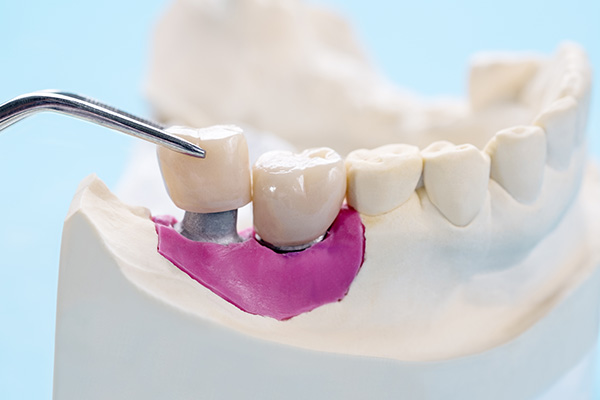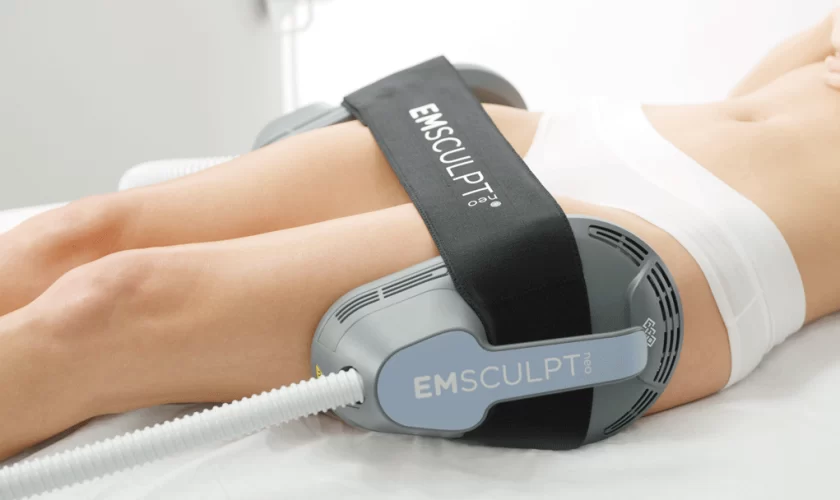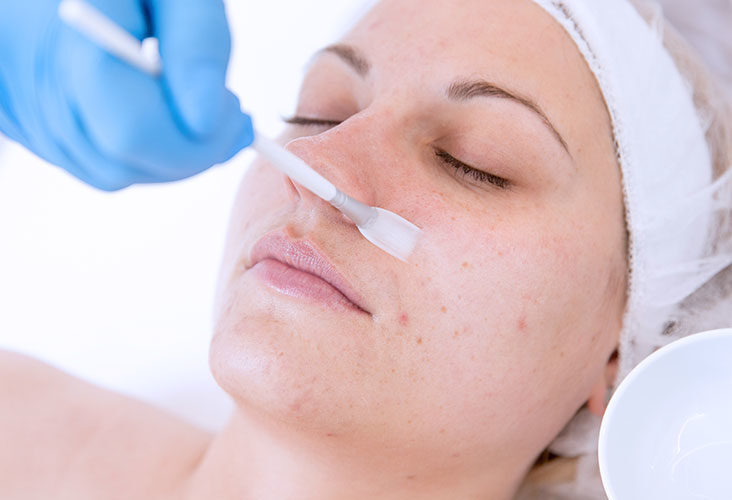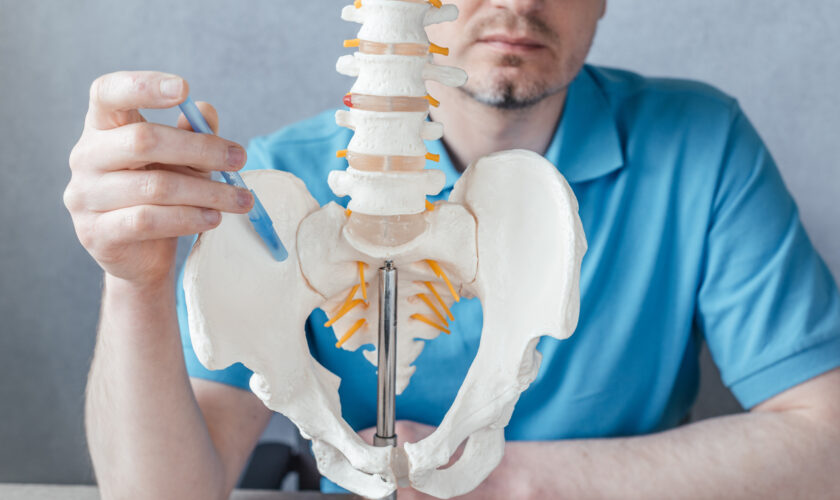Suffering from TMJ involves a lot of pain and discomfort daily. Over 3 million Americans suffer from TMJ every year. In addition, a TMJ patient can suffer through various issues such as difficulty in chewing, locking your jaw together, etc.
TMJ disorder can disrupt someone’s entire life and, more importantly, their daily functioning. So if you ever have mild symptoms of it, get TMJ treatment in Los Gatos immediately!
However, here are some serious facts about TMJ and its effects on a person’s life.
Women are more prone to TMJ than men.
Statistics of the past years have shown that women are more affected by TMJ than men. On average, TMJ affects twice the number of women than men. This ratio is more focused on women of childbearing age.
Stress and over-exhaustion can lead to TMJ.
Stress has several effects on our bodies. While the list of stress-related issues is never-ending, TMJ is also added to that list. Here’s how, stress is one of the leading causes of clenching and grinding your teeth in your sleep, which can put pressure on your jaw and may result in TMJ
TMJ is a self-curable disorder
Yes, you heard it right. Many potential treatments are available for TMJ. The disorder can heal independently with time. However, clenching and grinding your teeth can eliminate the threat of TMJ.
TMJ can be the cause of ear problems
Often TMJ can result in ear pain or other ear-related discomforts. Other than that, it can also cause pain in your neck, increase your tooth sensitivity, and trigger headaches.
Some primary symptoms of TMJ
TMJ can cause constant pain in your jaw, so you probably have it if you are going through chronic jaw pain. However, here are some other symptoms with which you can confirm it.
- Pain in the area around your jaw, like the face, neck, and ears
- Cracking or popping sounds from your jaw every time you move it. While this action is reported to be painful in some patients, many claims they do not feel even a twitch
- You might suffer from swelling on the side of your face
- Jaw might become difficult to move or rigid because of the pain caused by TMJ
These are some scientific facts about TMJ; if you experience it, do not ignore it, as the pain and swelling could worsen. Even though many TMJ cases heal by themselves, it is better to consult a dentist before coming to conclusions.











